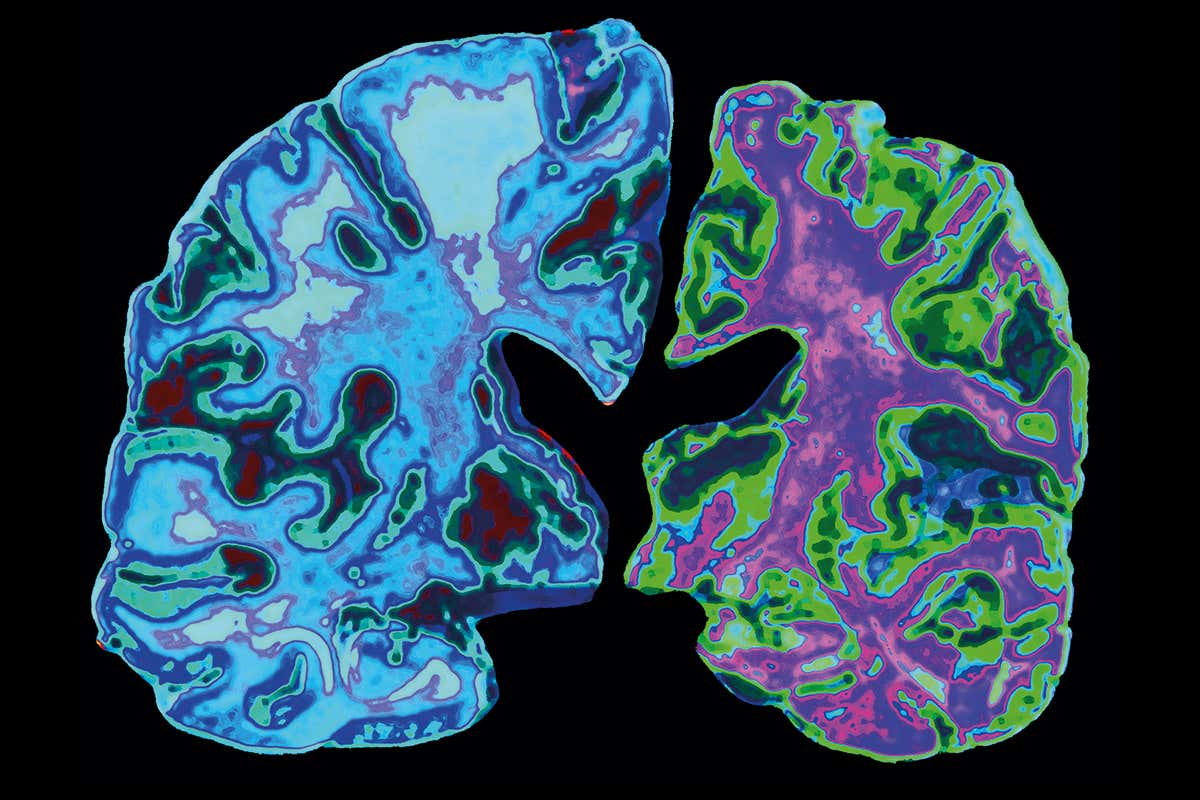West Nile Virus is typically associated with mosquitoes that transmit it to humans. But the new study reports that it spread more in as the temperature increase and become warmer.
The virus was first heard in the US back in 1999 after which it shortly became one of the most common mosquito-borne infections. The new scientific models developed by researchers from Stanford University reveals that the West Nile virus may spread more after the weather has become relatively warmer due to climate change.
Also read- Newborn Baby Miraculously Survived Three Heart Attacks
The increase in temperature has not only increased the viral spread in summer but also in winter. There are chances that the new cases can be reported even from the cooler parts of the country.
This model shows the best temperature which supports West Nile Virus’s transmission is 24–25°C. 2/3rd of the population lives in the warm regions and 1/3rd live in colder areas where the temperature is higher than this optimum temperature.
This distribution of the population suggests that the West Nile virus can spread if the temperature continues to be warmer. The complete results are posted in the journal eLife.
This situation is unclear, uncertain, and somewhat critical on how the temperature change may affect the spread of the West Nile virus.
Marta Shocket the first author of this study says that other than temperature, there are many other factors as well which may affect the transmission rate. For example, preventive measures, use of land, hygiene, mutations in the viruses, and their carriers.
If climate change is behind the increase in this virus’s transmission, there are also chances that other mosquito-borne infections will also be at an increase in the US.
There is another factor that may have an impact on viral transmission. All the activities that involve contact of humans and mosquitoes can make the viral control a major challenge.
This new model reveals that viral transmission will be highest at intermediate temperatures but it may decline when the temperature becomes extremely cold or extremely warm. Right now, the research team is trying to validate this new model and they are comparing these assumptions with viral transmission modes.
They have confirmed that the virus will spread the most in warmer temperatures or when summer approaches this region. But what is the virus’s response when the temperature goes to high or a lower than optimum range has to be checked.
Also read- Medical Diagnostic Errors- Why Medical Negligence Needs More Attention?
The researchers believe that this model is probably the most detailed model produced until the date which explains the change in the West Nile virus’s transmission as per temperature change. However, they acknowledge that there are some missing segments in this information, getting which will eventually cover all the gaps in this mode, hence make predictions more accurate.
Considering the carbon emission rates which are increasing every year, there are chances that the climate will tend to be warmer. This gives another reason to understand and analyze the relationship between temperature changes and the spread of West Nile Virus as well as other mosquito-borne diseases.


